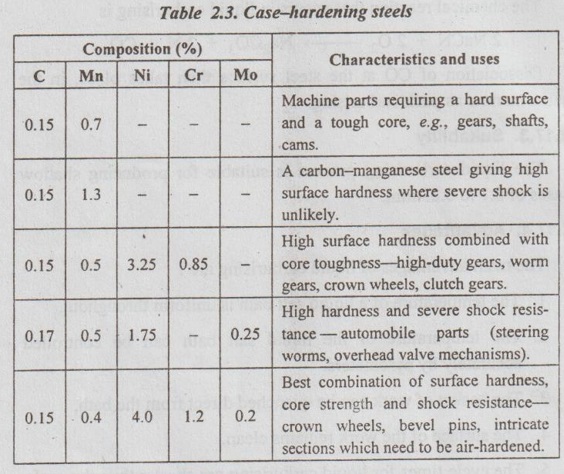Liquid carburising, also known as salt carburising, is carried out in baths of molten salt which contains 20 to 50% sodium cyanide, 40% sodium carbonate, and varying quantities of sodium or barium chloride.
LIQUID CARBURISING
1. What is Liquid Carburising?
✓ Liquid carburising, also known as salt carburising, is carried out in baths of molten salt which contains 20 to 50% sodium cyanide, 40% sodium carbonate, and varying quantities of sodium or barium chloride.
✔The cyanide-rich mixture is heated in iron pots to a temperature of 870 to 950°C. The workpiece, which is carried in wire baskets, is immersed for periods of about five minutes upwards, according to the depth of case required.
2. Mechanism
Liquid carburising takes place due to the decomposition of sodium cyanide at the surface of the steel. Atoms of both carbon and nitrogen are released, so liquid carburising is due to the absorption of nitrogen, as well as of carbon.
The chemical reaction that occurs in liquid carburising is
2 NaCN + 2O2 → Na2CO3 + 2N + CO
Dissociation of CO at the steel surface then takes place, in the same manner as pack carburising.
3. Suitability
The liquid carburising process is suitable for producing shallow cases of 0.1 to 0.25 mm.
4. Advantages
The main advantages of liquid carburising are:
1. The temperature of a liquid salt bath is uniform throughout.
2. The temperature of the liquid salt bath can be controlled accurately by pyrometers.
3. The basket of work can be quenched direct from the bath.
4. The surface of the work remains clean.
5. The cycle times for liquid carburising are shorter than the cycle times for pack as gas carburising.
5. Disadvantages
The disadvantages of liquid carburising are:
1. Since sodium cyanide salt is one of the most deadly poisonous material, extreme care in handling it is required.
2. Salt pots usually require batch processing.
3. The cost of carburising salt is high.
6. Case-Hardening Steels
As discussed, plain-carbon and low-alloy steels are used for case- hardening. Table 2.3 shows the composition, characteristics, and uses of a few case hardening steels.

No comments:
Post a Comment